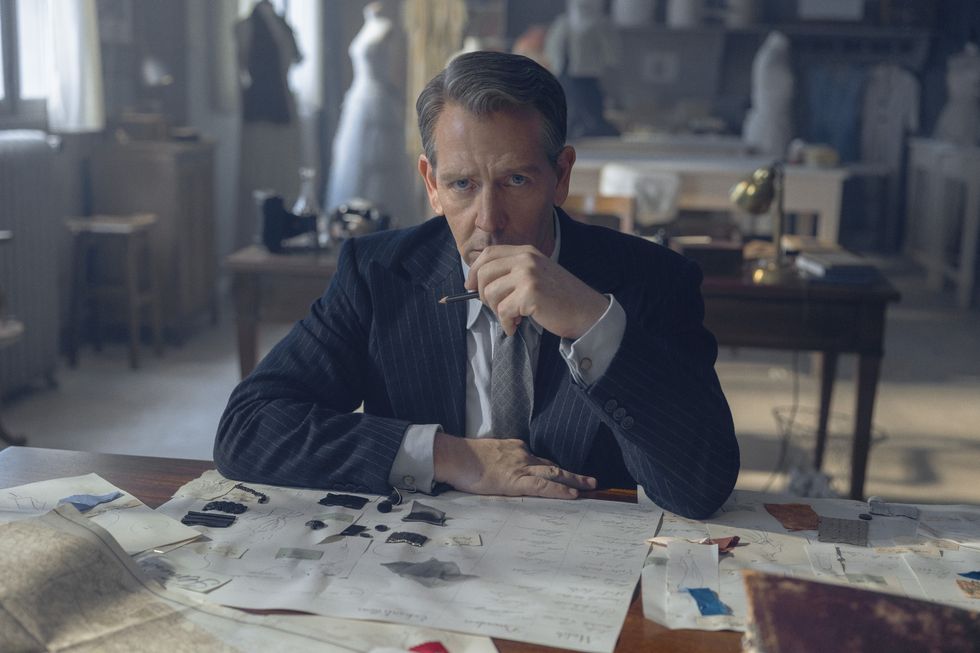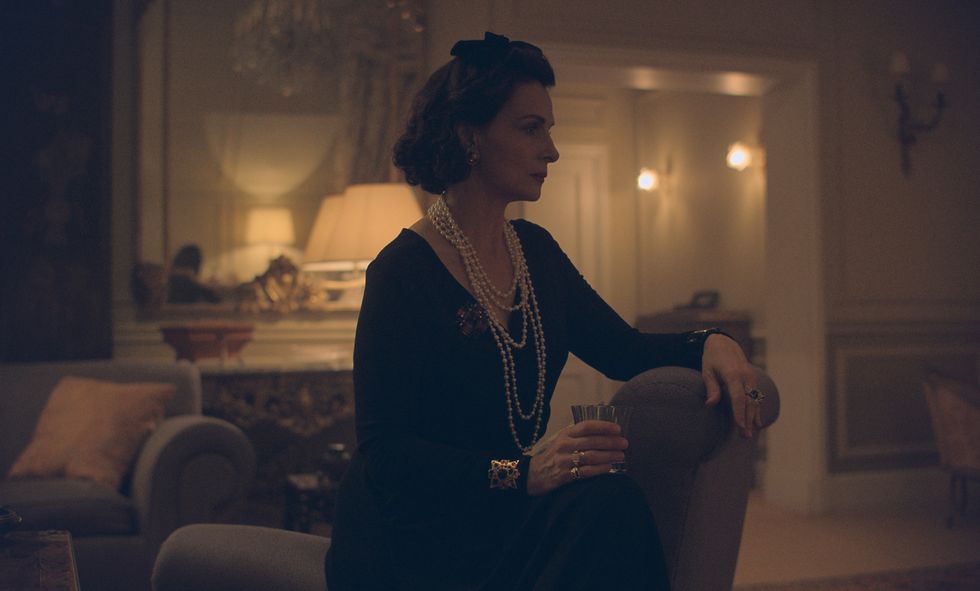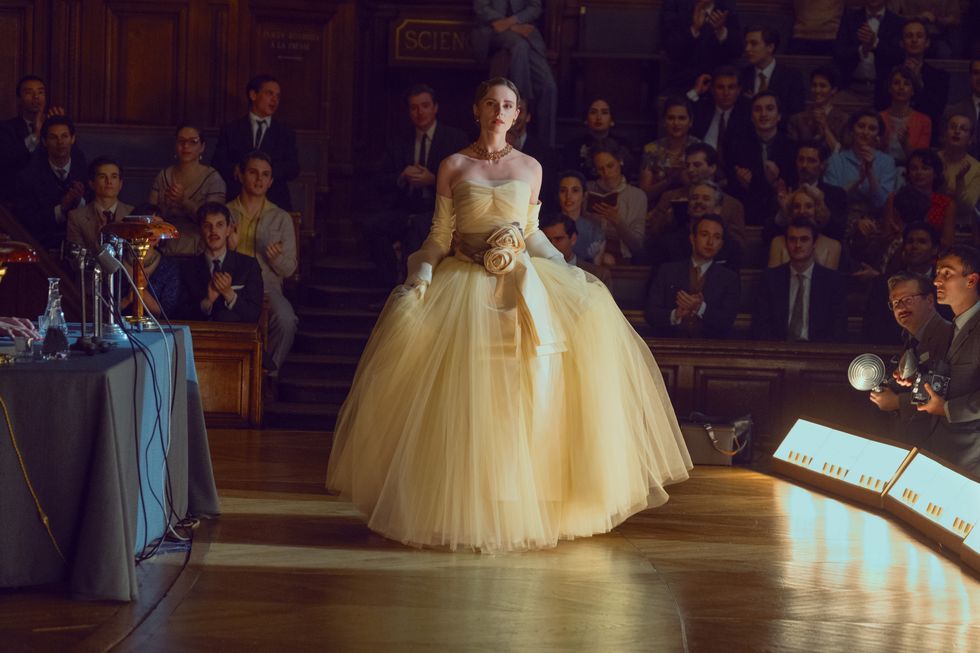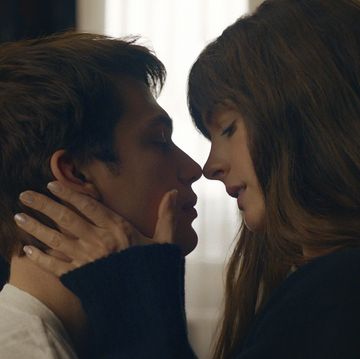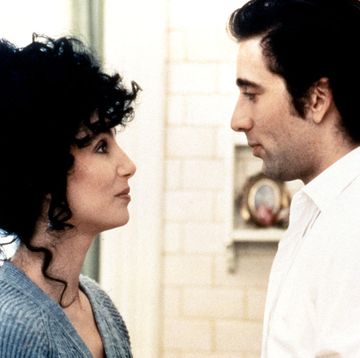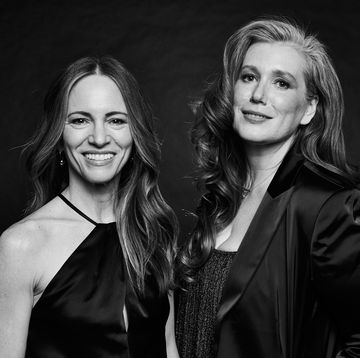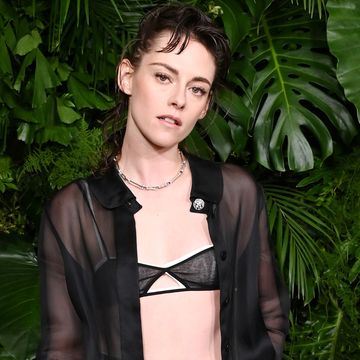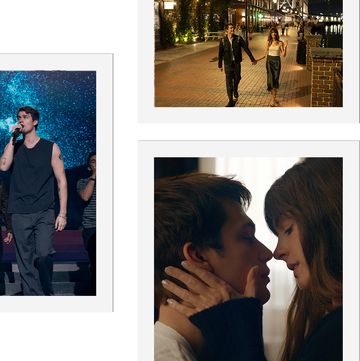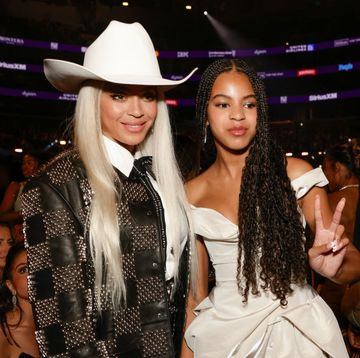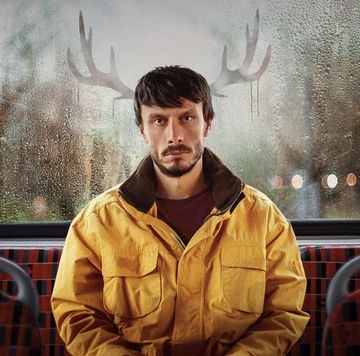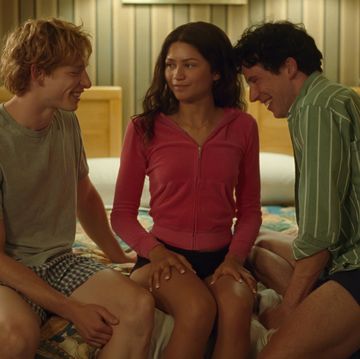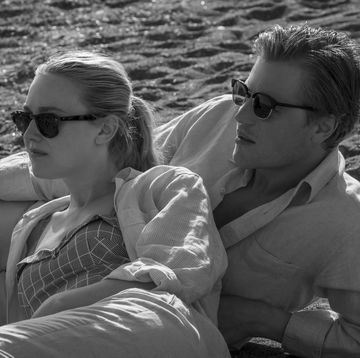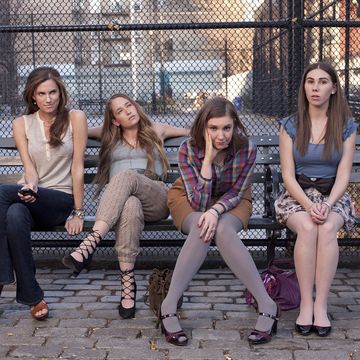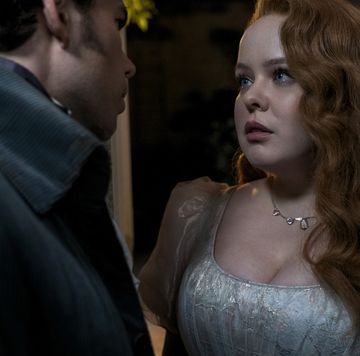Fashion, like art, exists in a moment in time. It’s easy to look back at Christian Dior’s oeuvre and praise its silhouettes and fabrics, but to really understand what it means, it is important to consider what it meant at the time. The new Apple TV+ series The New Look contextualizes Dior’s story within the larger cultural context of 1930s and ’40s Paris. France was grappling with World War II. Couturiers like Cristóbal Balenciaga and Coco Chanel ruled the scene. The world was desperate for an original vision of what postwar prosperity could look like.
If this all sounds like it amounts to a tall order for a costume designer, that’s because it does. But Karen Muller Serreau approached the project with precision and grace. We caught up with the designer to talk about what she learned about Dior’s dresses, after re-creating so many of them for the new series—and how designing period-accurate military costumes was equally as challenging.
Tell me what it means to you as a costume designer—a lover of fashion, a creative professional—to work on a project about Christian Dior and his contemporaries?
I was thrilled and daunted. There’s so much going on costume-wise, and I was extremely excited to be able to create these dresses and see them all in the fashion show scenes. And then we had all the other side of this show, which was life during wartime. It was magic, really.
Tell me about your research process.
Well, we didn’t have all the scripts to begin with—we had the first two episodes. My first step was reading through. I then started looking at every photo, every book, every detail I could find about that period. Then I made a storyboard of each particular scene, with a photo from that period on it, and that gave the atmospheres we wanted. I then worked on mood boards for each character, just working on photos of the real people and with swatches of the cloth I wanted. For the fashion-shows scene, we worked with Dior.
How did you collaborate with Dior?
They gave us a lot of information about Mr. Dior and his family. I hadn’t known anything about his sister. I learned all about his family, about the gardens and the flowers, and a lot about his mother having these flowers, and him having these visions about dresses. But most of all I knew that they weren’t very well off during the war. He had to go out to work. There were so many details like that that gave me insight into what he was wearing at the time. In our show, he never wears brand-new suits. They were always good suits, but they were never brand new.
I often wonder how costume designers make clothes they’ve built for a production look “not new” on camera.
I had a textile artist breaking the costumes down—wearing them down in the right places and making the cloth look a bit worn and used. The collars are slightly worn.
How do they do that? I imagine textile artists using a lot of sandpaper!
Basically there’s that, but a lot of other things as well. Textile artists paint bits on. They burn things, they can paint shadows in places, put bits of fluff and dust on the seams. There’s a lot of things they can do.
Who was the hardest character to get right?
Coco Chanel had quite a lot of getting right. There wasn’t a huge amount of photo documentation of her from that period, so a lot of it was inspiration. I was getting into how she worked, what she was doing, what cloth she was wearing. Getting to the real essence of her character.
The other character that was a challenge was Catherine, Dior’s sister [played by Maisie Williams]. We turned her into something very ordinary. There was a lot of breaking down on her costumes, too, to make her look like an everyday person on the street. The not-so-glamorous characters are often the hardest ones.
Why is that?
It’s very challenging to make something look normal and not noticeable.
What else was unique about working on this show for you?
We have a lot of military—all of which is strictly coded, which means there are so many things you have to get right on a military outfit. Because lots of people watch these shows and will notice, “He wasn’t wearing the right medal!” There are lots of military specialists out there to get you! Although the show is about fashion, we look at everything else that was going on at that time, as well. And we had some great scenes, like Coco Chanel throwing a party in the 1930s, [and] the liberation of Paris. This show was infinitely rich for us.
For the fashion shows, which showcase Dior’s original creations, how close to the originals did you go?
I wanted to be as historically correct as possible. We worked as much as possible to be identical to the originals. A lot was done with Dior—when we were sourcing fabrics, they had some of the fabrics we needed, including a leopard-skin print for one of the dresses. Those for me had to be historically correct. For our characters, I looked at documentation of them and had my idea of them, but I didn’t think they needed to be identical to a photo.
I’ve done temporary things where I’ve worked with fashion shows, but nothing like the scale of what we created here, where we re-created something. It was exciting for us, but it was exciting for Dior as well, because they had never seen all their dresses in a show set from this period. For all of us, it was an extremely emotional moment.
Did re-creating those original pieces give you a new appreciation for Dior?
It was a huge challenge. We did manage to see some in the archives and x-rayed them from A to Z, [to see] how they were made and re-create them in that way. Dior used incredible structures inside his dresses. They were sculptures, really.
This interview has been condensed and edited for clarity.
Todd Plummer is a Boston-based writer who covers style, entertainment, and travel. He is a graduate of McGill University and Saint John’s University School of Law.

